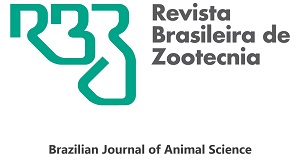Open Access
Revista Brasileira de Zootecnia
Publicação de: Sociedade Brasileira de Zootecnia
Área:
Ciências Agrárias
Versão impressa ISSN:
1516-3598
Versão on-line ISSN: 1806-9290
